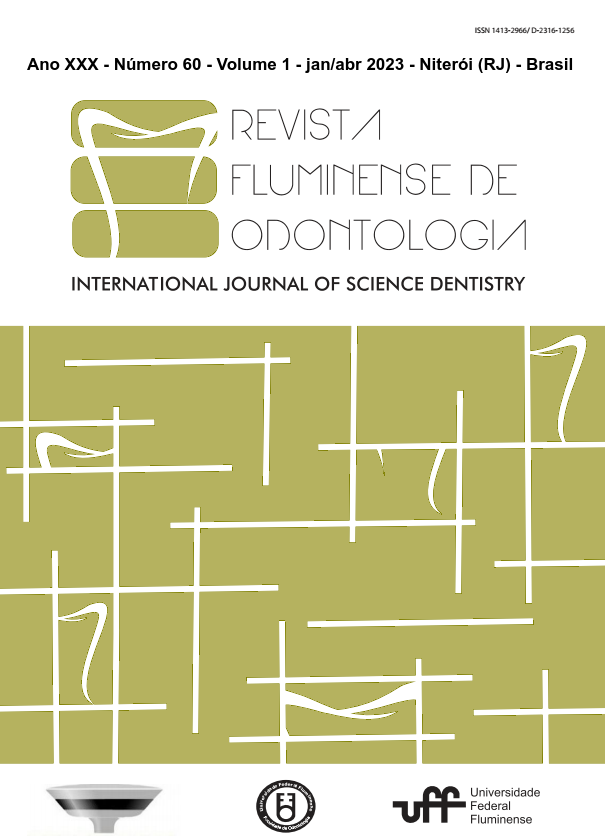O DOES THE USE OF BISPHOSPHONATES CAUSE IMPLICATIONS ON THE ORTHODONTIC TOOTH MOVEMENT?
DOI:
https://doi.org/10.22409/ijosd.v1i60.52153Abstract
Bisphosphonates are drugs that provide bone resorption by inhibiting the enzyme activity of osteoclasts. For this reason, they are widely used in the treatment of various diseases, such as osteoporosis. During orthodontic treatment, the application of compressive forces on the tooth promotes bone resorption and remodeling, allowing its movement. Several in vivo studies observed a decrease in orthodontic movement caused by bisphosphonates, making the topic relevant due to the growing demand for orthodontic treatment in the elderly - the main users of this drug. Therefore, the aim of this study is to evaluate evidence of the use of bisphosphonates during orthodontic treatment and, more specifically, to examine their effects on orthodontic movement through clinical and laboratory measurements. For this, a systematized review was performed in the Pubmed database using the descriptors Orthodontics and Bisphosphonates. Studies in English between 2015 and 2020 were sought. Of 39 articles compatible with the proposal, 8 articles passed the inclusion and exclusion criteria. Most authors are categorical in referring to the use of bisphosphonates as a relevant factor for lower movement rates. However, such data must be viewed with caution, as the methods used are sundry, with great heterogeneity. Furthermore, small administrations and short experimental times do not allow generalization to routine patients. In conclusion, the administration of bisphosphonates associated with orthodontic movement seems to cause a prolonged duration of treatment, fundamentally due to the lower rates of planned tooth movement. However, the specific factors for this are not fully explained.
Keywords: Orthodontics. Bisphosphonates. Tooth Movement





